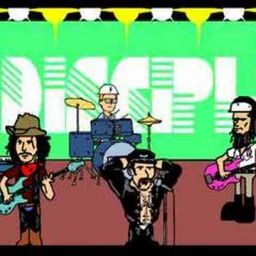So to start my series of posts about SXSW, I’m starting with a discussion of one of the books focused on during one of the panel presentations, Scott Kirsner’s latest work, Fans, Friends and Followers. If you are looking for a book on living up to the 1,000 true fans philosophy, this isn’t it.
As he states in the book,
there has never been a noisier, more competitive time to try to make art, entertain people, and tell stories. Everyone is doing it, and so there is an incredible surplus of content in every art form.
Surplus of content? This strongly implies that the limiter to content is the individual, rather than the possibilility of different individualss and groups with different tastes.
While I appreciate what Kirshner is trying to do, by helping artists reach their audience — there is a reason why this blog is called The Learned Fangirl — because we are concerned about how fans are being viewed by each other and outsiders.
So how does Kirshner describe the role of fans?
The very term “audience” may be on its way to obsolescence. Some artists prefer to think of themselves as cultivating a “community,” attracting “supporters,” or organizing and motivating a “street team.” Some like the term “fan base,” while others may choose to use the terms “collaborators” or “co-conspirators.”
Unfortunately, the role of fans — both throughout the book and in the admittedly brief presentation — is to be active participants that can be removed from the process at any point should the artist choose. He never quite says this directly, but everything is directed at the artist — nothing on what happens when fans feel (or actually have) a claim of ownership over parts of their fandom.
And perhaps its my background, but I found the “reap all of the grain from the field” approach to be shortsighted. The only mention of rights occurs briefly, within a formal business arrangement, or passing references to Creative Commons.
The interviews that are the backbone of the book are interesting, but without a larger, overall helpful structure for artists, this shouldn’t be an end-point.
Recommended: Only for those that want to read inspiring stories. Or are newly thinking about how to become a famous artist.


